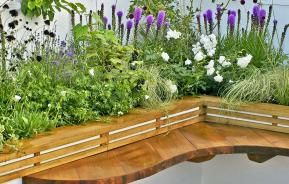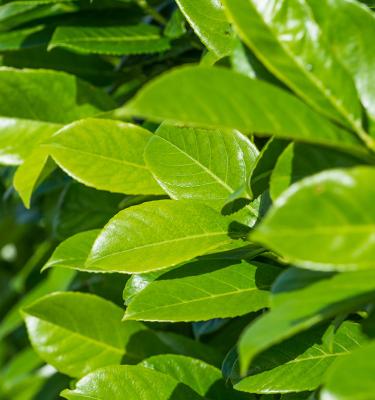
Fast growing hedges for privacy
A complete guide to fast growing hedges for privacy
Looking to turn your garden into a secluded oasis, or just block out the view of passing traffic? A fast-growing hedge is a great way to increase privacy while also adding texture and interest to your garden. A fence or brick wall might offer an instant solution but a lush green hedge will act as a natural and attractive screen as well as being much better for wildlife.
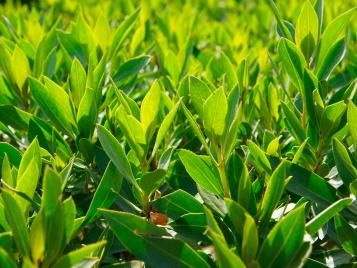
Cherry Laurel
Cherry Laurel is a fast-growing hedge. Also known as Common Laurel, this evergreen species thrives in shadier conditions as well as in direct sunlight. Expect it to grow by about 60cm per year in average conditions, growing up to 8 metres total. However, the Cherry Laurel can also be very toxic so take care if you have young children or animals.
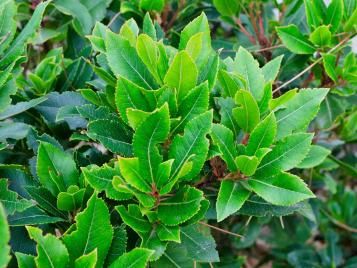
Bay Laurel
Valued among the Ancient Greeks, the Bay Laurel had strong associations with the god Apollo - and its leaves were even fashioned into wreaths for the victors of an early incarnation of the Olympic Games. Attractive and aromatic, today the Laurus Nobilis is prized as a fast-growing privacy hedge.
Although Bay generally won’t grow as quickly as the Cherry Laurel - about 40cm a year on average - this can be a plus point once your hedge is fully established. Patience at the start means that a few years down the line you don’t have to do as much hedge trimming. Also, you can even cook with the leaves!

Privet
If you’re seeking a more formal feel to your garden hedge, the privet is a classic choice. Its dense growth ensures privacy and is ideal for shaping. Privet is a very fast-growing hedge – 30-60cm a year, particularly if you use a plant feed. This means that it’ll need pruning several times a year to keep it under control and looking its best.
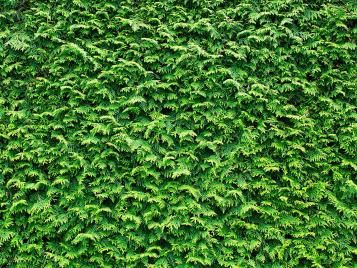
Leylandii
Almost as popular as the Laurel are conifer hedging, especially Leylandii. This is a very fast-growing species that given a little maintenance, will soon give a very dense protective screen to your garden. It’s one of the fastest growing hedges and can grow up to 90cm in a year so it must be planted with caution and you must be prepared to keep it cut back each year otherwise it will soon get out of control.

Bamboo
If you’re looking for a hedging plant that will create a visual screen without taking up too much space, bamboo can be an interesting alternative. Golden or fountain bamboo will create a screening effect while adding texture and form. Make sure you choose a clump-forming bamboo type such as a fargesia, not a runner otherwise the bamboo will take over not only your garden but your neighbour’s, too! Height and growth rate vary with some reaching up to 6 metres tall, so choose a variety to suit your needs.
How should I plant my fast-growing hedges?
- For Laurel and Leylandii, spacing plants at a distance of no less than 60cm is ideal. If you're not so concerned about achieving a screening effect quickly, you can even afford to space out a little further, up to 1 metre apart.
- Bamboo should be spaced according to the size of the particular species but as a guide you’ll usually be aiming for 1 plant per 100-150cm.
- Privet should be planted closer together, four plants per metre is perfect. How deep you need to plant will depend on the size of the plants you’ve purchased and your supplier should be able to advise you on this.
Once planted, give all the plants a really good soaking with water and then add a thick layer of mulch to help keep weeds down, lock in moisture and protect the roots.
Make sure you keep the hedges well-watered for at least the first season, especially if planting between spring and summer.








